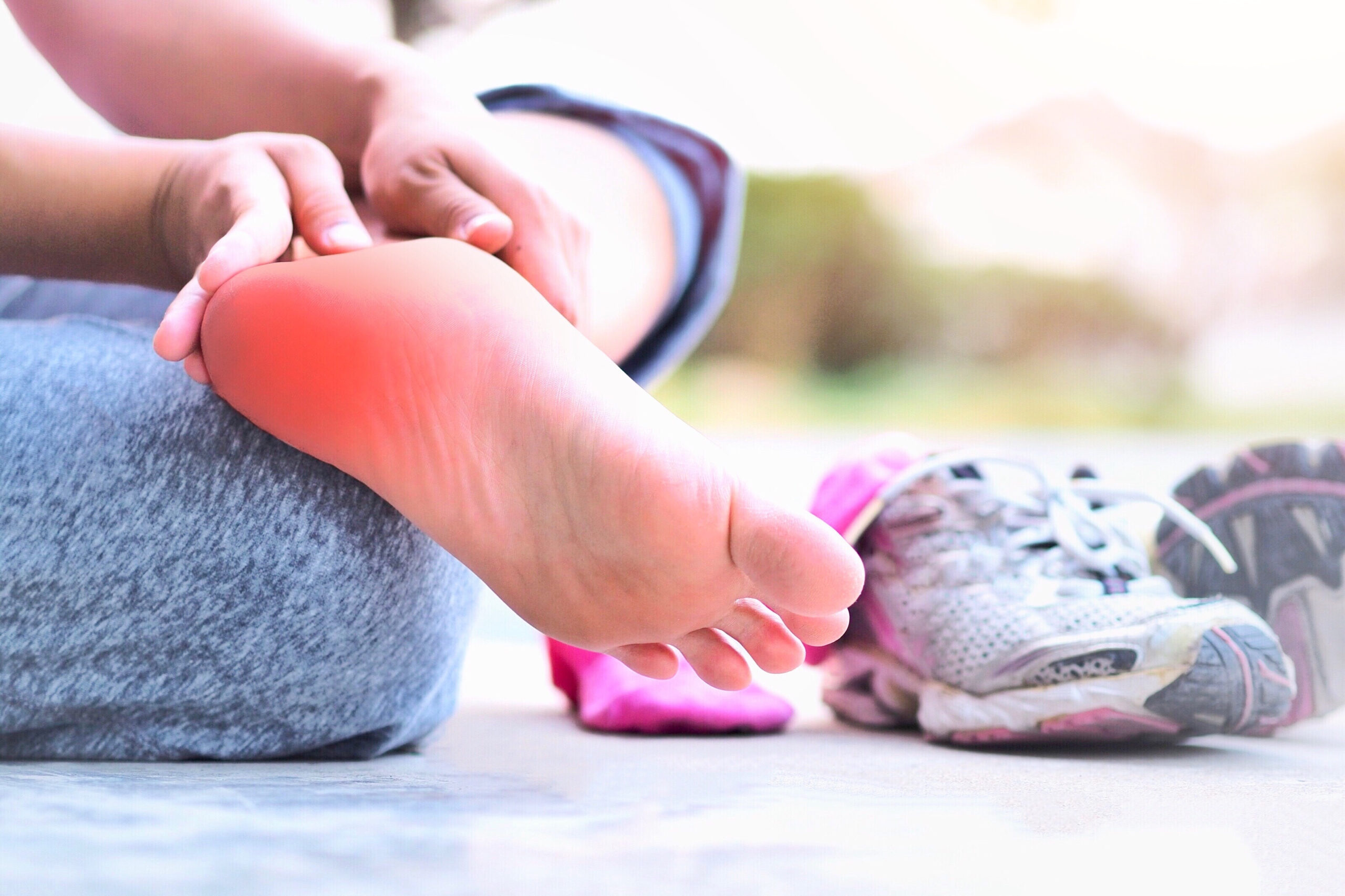Are you experiencing pain in your heel? You may have plantar fasciitis, and you’re definitely not the only one. Roughly two million patients are treated for plantar fasciitis each year.
Don’t wait to get help with your pain. Our team at Mountainstate Orthopedic Associates, Inc. (MOA), can help you walk on your feet and back to your daily activities without any pain.
Continue below to learn more about this condition and how our experts can help you.
Plantar Fasciitis: What is it?
A common factor for pain in your heel is plantar fasciitis. The plantar fascia, a tissue connecting your toes to your heel bone, becomes inflamed or irritated. This long and thin ligament lies directly beneath the skin on the bottom of your foot while supporting your arch.
Symptoms
Typically, this pain is described as a stabbing sensation in the bottom of your foot close to the heel. The pain is often worse after exercise, not during it.
Ignoring plantar fasciitis could result in chronic heel pain, which can hinder your day-to-day activities. Seek professional help if this occurs to get help with changing the way you walk and minimize the pain that could lead to other problems amongst your body.
Causes
Your plantar fascia supports the arch in your foot, as tension and stress are put on your arch, small tears are created in the fascia. Repetitive stretching and tearing can cause the fascia to become more irritated.
The pain you may be feeling is worse in the morning and after long periods of sitting. As you get up in the morning and move more, the pain may reduce.
Am I at risk for this condition?
People at-risk for accumulating plantar fasciitis include the following: overweight people, those who wear shoes with inadequate support and runners. It is commonly seen in those who are middle-aged people as well as people who naturally have a flat foot or high arch. Some who have an abnormal pattern of walking may also be affected.
Risk Factors
As listed above, risks like obesity and lack of foot support can contribute to plantar fasciitis. Other factors include:
- Your age. This condition is most common for those between the ages of 40 and 60.
- Types of exercise. You are more prone to developing this condition when you place more stress on your heel and tissue. Exercises like long-distance running, jumping activities and dancing can contribute to earlier onset plantar fasciitis.
- Your foot structure. Those who have flat feet, high arches, or with an abnormal walking pattern affect how their weight is distributed when standing. This can put added stress on your feet and heels.
- Jobs that require you to be on your feet. When spending long working hours on your feet standing on hard surfaces, it can damage your plantar fascia, especially if the proper shoes for support are not being worn.
- You have tight calf muscles. Tight calf muscles make it harder to flex your foot and bring your toes up towards your shin.
Treatment for Plantar Fasciitis
At MOA, we start with more conservative methods to treat plantar fasciitis, such as:
- Stretches
- Anti-inflammatories
- Steroid injections
Dr. Nick Zervos specializes in foot and ankle care.
Our staff may recommend physical therapy to rehabilitate your lower leg muscles to help stabilize the ankle and heel.
Other options for treatment once diagnosed:
- Orthotics: Special shoe inserts to help relieve pressure.
- Night splints: Stretch the arch of your foot and calf while you sleep. The splint holds both your Achilles tendon and plantar fascia in an elongated position to stretch the two.
Surgery is usually not necessary to treat plantar fasciitis; however, it does have a good outcome for those who need it.
Home Remedies
To reduce the pain of plantar fasciitis, practice these tips from the Mayo Clinic:
- Maintain a healthy weight. Being at a healthy weight will minimize the risk of putting extra stress on your heels.
- Wear appropriate shoes. Shoes encompassing a low to moderate heel, excellent arch support and shock absorbency are your friends.
- Choose the right physical activity. Try a low-impact sport compared to one of the higher impact that can cause increased inflammation to your joints and tendons.
- Apply ice. Place an ice pack on your area of discomfort for 15 to 20 minutes three to four times a day or after activity to help reduce pain.
- Stretch your arches. This will help reduce pain, and you can easily do it in the comfort of your own home.
We want you to get back on your feet, pain-free! In our Guide to Foot Pain, you will learn about conditions, symptoms, sprains, fractures and more. Click below to get your free guide today:
View our Guide to Foot & Ankle Pain
Foot & Ankle Pain Treated at Mountainstate Orthopedic Associates, Inc.
The foot and ankle are complicated, and various conditions can cause pain or discomfort. At MOA, the most common issues we see relate to tendinitis, breaks and fractures, sprains, arthritis and plantar fasciitis.
Let us treat your foot and ankle pain today.

